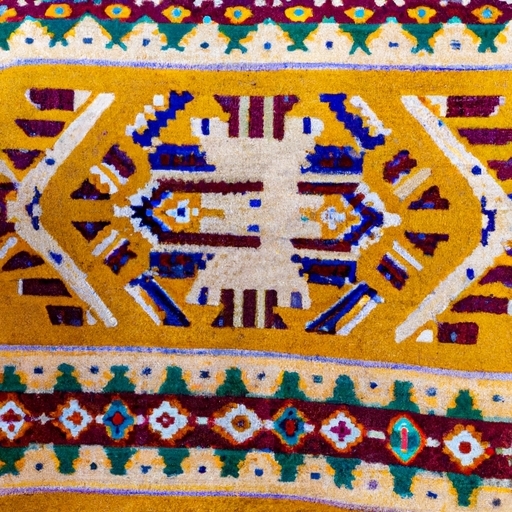
what percentage do you have to be to be considered native american?
History and significance of native American rug making
The historical context of Native American identity is complex and deeply rooted in the cultural, social, and political history of Indigenous peoples in North America. One question that often arises when discussing Native American identity is "what percentage do you have to be to be considered Native American?" This question is fraught with controversy and has been a source of debate within both Indigenous communities and the broader society.
In the United States, the federal government has historically used blood quantum requirements to determine tribal membership and eligibility for benefits. Blood quantum refers to the degree of ancestry one has from a specific tribe or group. For example, some tribes require individuals to have a certain percentage of Native American ancestry (often 1/4 or 1/8) in order to be considered a member of that tribe.
However, many Indigenous people argue that blood quantum requirements are arbitrary and do not accurately reflect what it means to be Native American. They believe that culture, community connection, and personal identification should take precedence over strict ancestry measurements. Additionally, historical factors such as colonization, forced assimilation policies, and intermarriage with non-Native peoples have complicated traditional notions of tribal membership based on blood quantum.
Ultimately, there is no definitive answer to the question of what percentage one must be to be considered Native American. Each tribe has its own criteria for tribal membership, and individual identification as Indigenous can vary greatly depending on personal experiences and connections to one's heritage.
In conclusion, the concept of Native American identity is multifaceted and cannot be reduced simply to a percentage of ancestry. It is important to recognize the diversity within Indigenous communities and respect their self-determination in defining who belongs as members of their tribes.